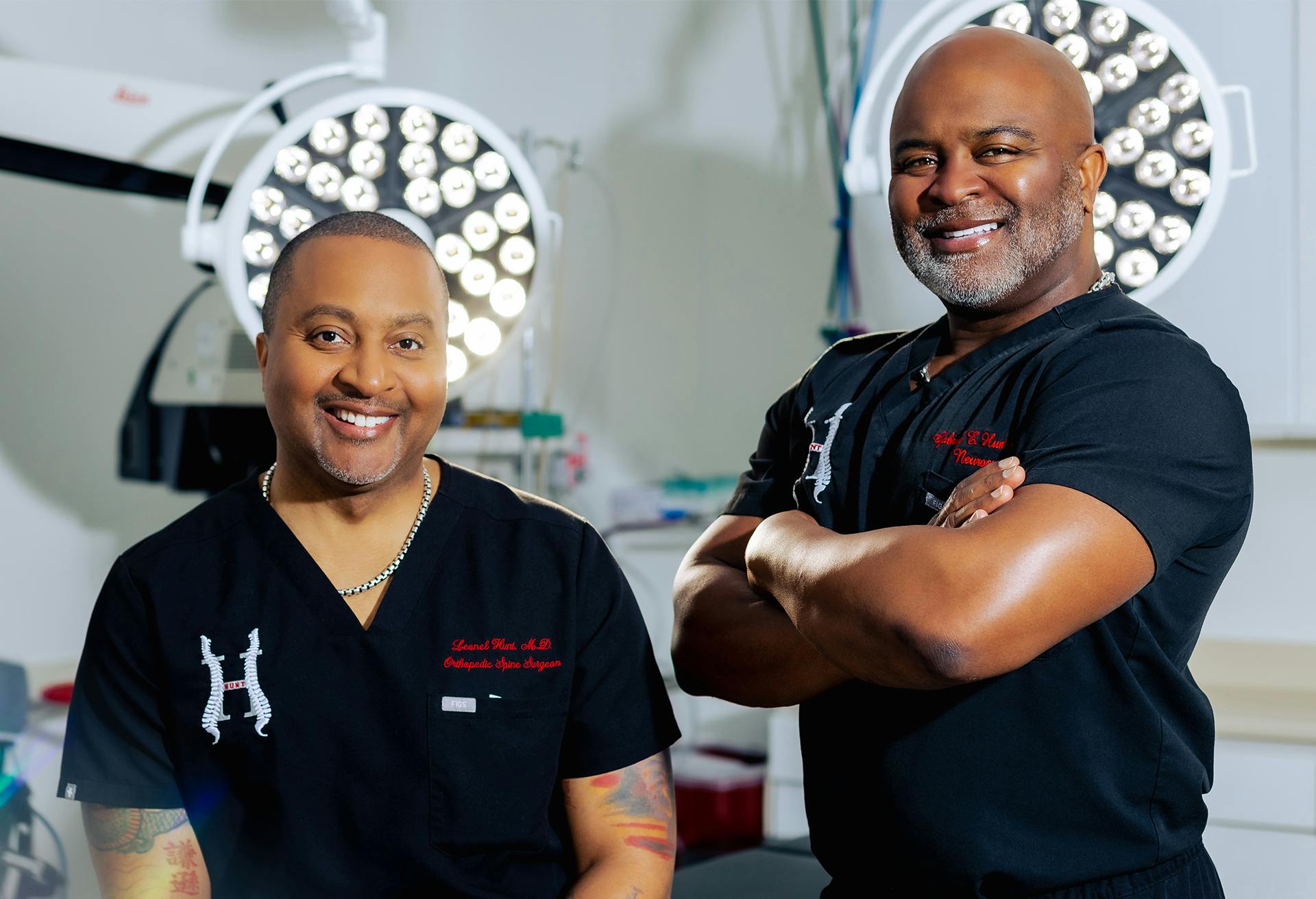The Latest Innovations by the Best Spine Surgeons in St Louis MO
The Latest Innovations by the Best Spine Surgeons in St Louis MO
Blog Article
An Overview of Spine Problems That Usually Cause Surgical Therapies
Back problems such as herniated discs, back constriction, and degenerative disc disease frequently require surgical interventions when traditional therapies stop working to minimize persistent signs. Understanding the nuances of each problem and the corresponding surgical choices, such as discectomy or spine blend, is vital for effective management.
Herniated Discs
Although numerous individuals with herniated discs might discover alleviation through conventional therapies, surgical procedure comes to be an essential consideration when signs and symptoms aggravate or linger - best spine surgeons in st louis mo. A herniated disc takes place when the soft inner gel of a spine disc protrudes with its external layer, possibly leading and compressing nearby nerves to pain, numbness, or weak point in the extremities
Traditional monitoring typically consists of physical treatment, discomfort medications, and corticosteroid injections, which intend to lower inflammation and boost feature. In situations where these approaches fall short to minimize devastating signs and symptoms, surgical alternatives may be explored.
The most usual procedure for herniated discs is a discectomy, which includes the elimination of the herniated portion of the disc to soothe pressure on the influenced nerve origin. In more severe instances, spine combination might be required to maintain the affected vertebrae.
People are advised to talk about the possible dangers and advantages of surgical treatment with their healthcare provider to make an educated choice. Inevitably, the objective of any kind of medical treatment is to recover function, reduce discomfort, and boost overall top quality of life for people dealing with herniated discs.
Back Stenosis
Spinal stenosis takes place when the areas within the back narrow, resulting in increased pressure on the spine and nerves. This problem can develop in various areas of the spinal column, including the cervical and lumbar areas, frequently because of age-related adjustments, such as degenerative disc disease, arthritis, or thickening of tendons.
People with spine stenosis might provide with signs and symptoms that include pain, feeling numb, tingling, or weakness, primarily in the arms or legs. These signs can be aggravated by activities that include standing or walking, commonly leading individuals to seek relief via conventional treatments like physical therapy, medications, or epidural steroid shots.
However, when these non-surgical interventions stop working to provide sufficient alleviation, medical options might be taken into consideration. Common surgical procedures for spinal stenosis consist of laminectomy, which entails the elimination of part of the vertebra to alleviate stress, and back fusion, which stabilizes the damaged location.
Spondylolisthesis
Spondylolisthesis happens when one vertebra slips forward over another, causing imbalance of the back. This problem can arise from various aspects, including genetic defects, trauma, or degenerative changes in the spine. It is most frequently observed in the back area, specifically at the L4-L5 and L5-S1 degrees.

Treatment options vary based upon the seriousness of the slippage and the signs and symptoms presented. Conservative measures, consisting of physical therapy, discomfort management, and task alteration, are usually the very first line of defense. When non-surgical strategies fail to relieve signs and symptoms or when considerable nerve compression is existing, surgical treatment may be warranted. Surgical choices can include back fusion or decompression treatments, aimed at restoring positioning and relieving neurological signs. Early diagnosis and ideal administration are vital for optimum results in people with spondylolisthesis.
Degenerative Disc Disease

The condition can be diagnosed through a mix of professional examination, imaging research studies, and client history. When these strategies fall short to supply sufficient relief, medical interventions may be taken into consideration.
Surgical options for DDD might include back combination or artificial disc substitute, focused on supporting the influenced section and easing pain (best spine surgeons in st louis mo). Eventually, the selection of therapy is embellished, considering the intensity of the condition, individual health, and way of living elements
Back Tumors

Back lumps can emerge from numerous variables, consisting of hereditary tendency, environmental impacts, and pre-existing medical conditions. Patients might offer with a variety of signs, including localized discomfort, neurological deficiencies, weak point, or changes in bowel and bladder function, depending on the lump's dimension and place.
Diagnosis usually includes imaging studies such as MRI or CT scans, which help delineate the lump's attributes and effect on surrounding frameworks. In examining treatment options, the lump's area, grade, and kind are important web link factors to consider. Surgical intervention might be called for to reduce symptoms, get a biopsy, or eliminate the tumor totally. The goal of surgery is often to unwind neural aspects and stabilize the spine. Adjuvant therapies, consisting of pop over to this site radiation or radiation treatment, might likewise be required depending upon the tumor's nature. Early discovery and intervention are crucial for maximizing outcomes in people with spine lumps.
Verdict
In summary, back conditions such as herniated discs, spine constriction, spondylolisthesis, degenerative disc condition, and spinal growths often demand surgical intervention because of their possible to cause substantial discomfort and functional disability. While traditional therapies might offer short-term relief, surgical choices come to be essential when symptoms continue or intensify. Prompt medical diagnosis and intervention play an important function in bring back feature and improving the top quality of life for damaged people, highlighting the value of thorough back treatment.

Report this page